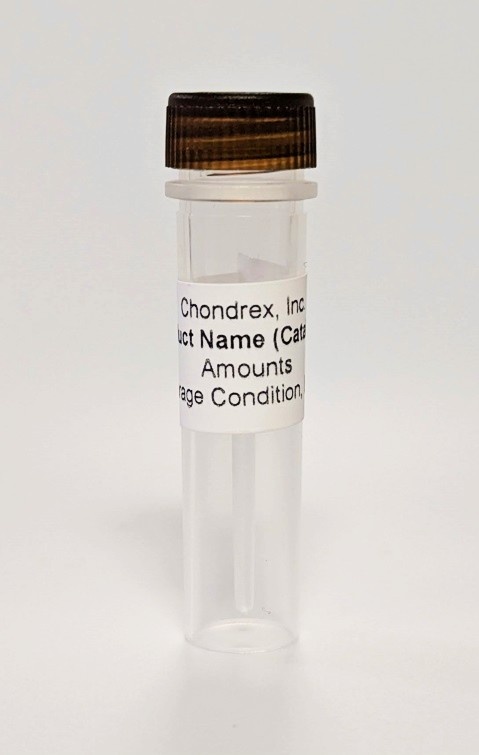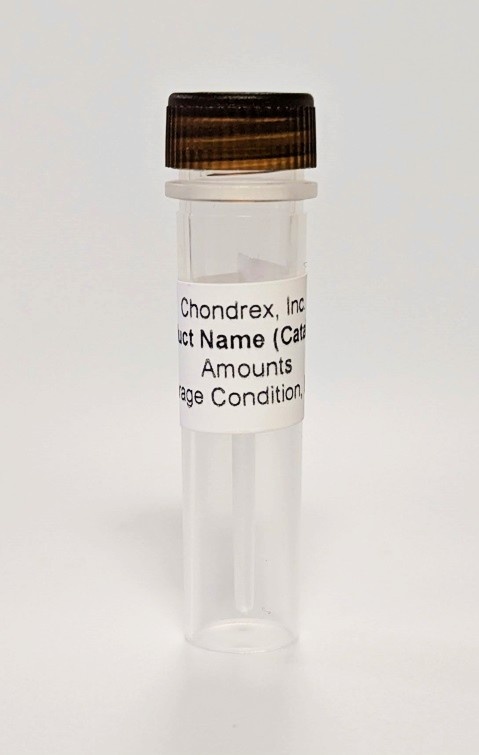Acute phase proteins (APPs) are blood proteins that are an integral part of acute phase responses (APR). The APR is a part of the innate host defense system which is triggered by tissue damage and inflammation caused by infectious, immunologic, or neoplastic agents. Of the well-characterized APPs, C-reactive protein (CRP) and serum amyloid A (SAA) show significantly elevated levels after inflammatory irritation, surgical trauma, or inflammatory diseases, and are used as routine markers to evaluate inflammation in many diseases. (1-9)
Anti-Acute Phase Protein Antibodies
References
1. J. G. Conner, P. D. Eckersall, J. Ferguson, T. A. Douglas, Acute phase response in the dog following surgical trauma. Res Vet Sci 45, 107-110 (1988).
2. M. Nakamura , M. Takahashi, K. Ohno, A. Koshino, K. Nakashima, et al., C-reactive protein concentration in dogs with various diseases. J Vet Med Sci 70, 127-131 (2008).
3. S. Yamamoto, S. Miyabi, N. Abe, K. Otabe, E. Furukawa, et al., Canine C-reactive protein (CRP) does not share common antigenicity with human CRP. Vet Res Commun 17, 259-266 (1993).
4. M. Kjelgaard-Hansen, A. L. Jensen, G. A. Houser, L. R. Jessen, A. T. Kristensen, Use of serum C-reactive protein as an early marker of inflammatory activity in canine type II immune-mediated polyarthritis: case report. Acta Vet Scand 48, 9 (2006).
5. A. Hillström, J. Bylin, R. Hagman, K. Björhall, H. Tvedten, et al., Measurement of serum C-reactive protein concentration for discriminating between suppurative arthritis and osteoarthritis in dogs. BMC Vet Res 12, 240 (2016).
6. R. D. Ye, L. Sun, Emerging functions of serum amyloid A in inflammation. Journal of Leukocyte Biology. 98, 923-929 (2015).
7. K. Sasaki et al., Evaluation of feline serum amyloid A (SAA) as an inflammatory marker. J. Vet. Med. Sci. 65, 545-548 (2003).
8. T. Tamamoto, K. Ohno, A. Ohmi, Y. Goto-Koshino, H. Tsujimoto, Verification of measurement of the feline serum amyloid A (SAA) concentration by human SAA turbidimetric immunoassay and its clinical application. J. Vet. Med. Sci. 70, 1247-1252 (2008).
9. T. Tamamoto et al., Serum amyloid A as a prognostic marker in cats with various diseases. Journal of Veterinary Diagnostic Investigation. 25, 428-432 (2013).

